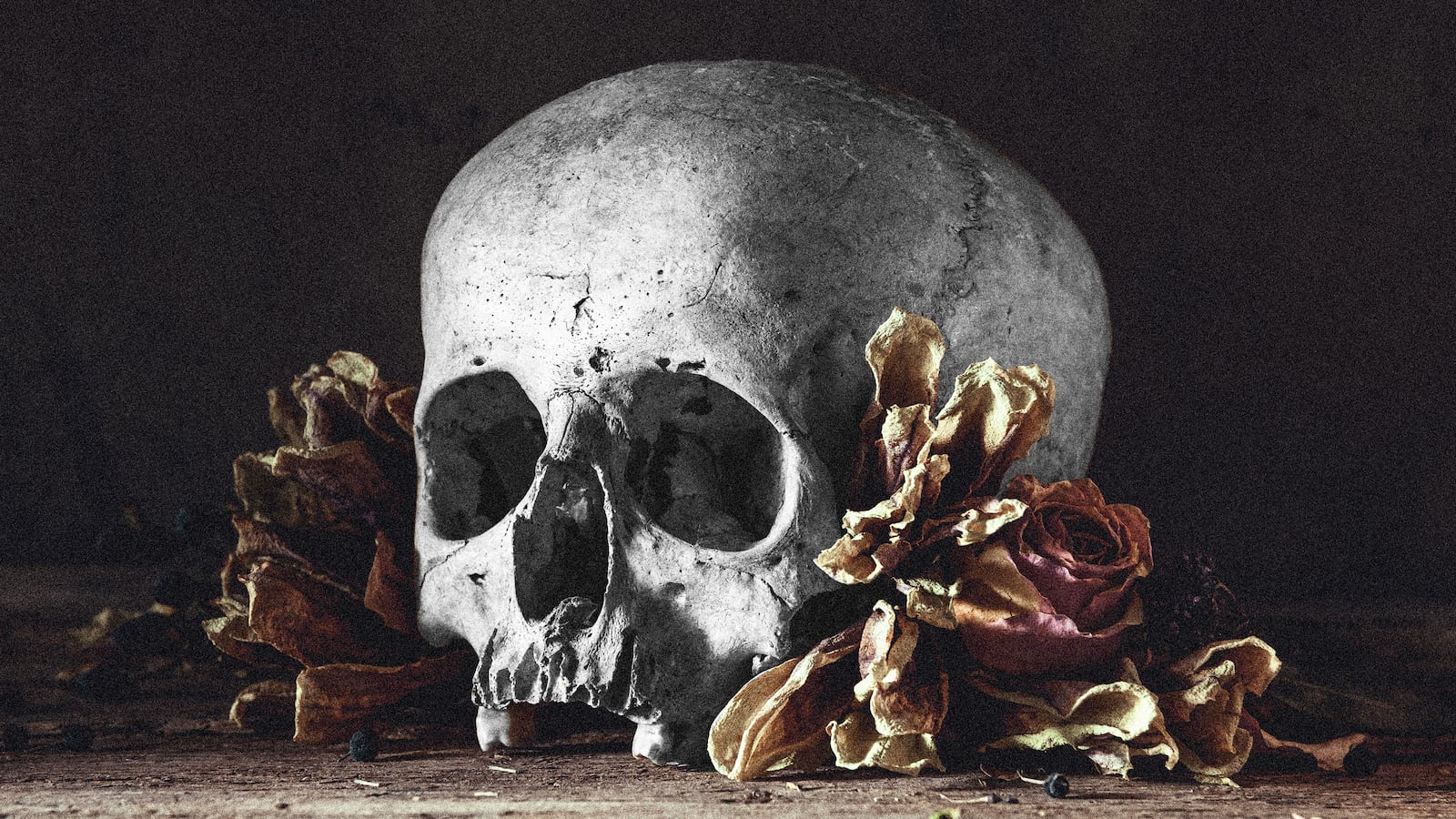I do enjoy poisoning people.
Fictional people, that is.
Many find this surprising, given that in addition to writing books, I’m a physician. I’m in the real-life business of keeping people alive. But on my off hours, eh, I kill characters.
Murder by bullets or knives is generally a straightforward affair. But murder by way of plants is particularly intriguing. There is rich history of poisoning using plants, after all. Look at Socrates and Cleopatra, both killed by drinking hemlock-laced drinks.
In two of my books, The Half-Life of Ruby Fielding and The Impossible Girl, I leaned heavily upon plant lore and plant poisons for key plot points. (Warning: spoilers ahead!)
In The Impossible Girl, Cora Lee tries to fake her death to evade the men who are trying to kill her. She drinks a concoction containing foxglove, belladonna, plus some opium. The foxglove to slow her heart; the belladonna to make her pupils wide, as seen in death; and the opium to slow her breathing and sedate her. The belladonna also helps to counteract the pupil constriction that is commonly seen with ingesting opiates.
In The Half-Life of Ruby Fielding, the titular character seems obsessed with growing common but poisonous plants–rhododendron, hydrangea, and hellebore–in quiet Gravesend, Brooklyn. Is she a murderer? Is she not? Who dares to get close enough to find out the truth? Most definitely say no when she offers you tea.
Poisonous plants have been stalwart colleagues in the creation of these tales. Let me walk you through my poison garden. Don’t touch anything. And for goodness sake, no taste testing, either.
Foxglove

Foxglove, or Digitalis purpurea, is a gorgeous specimen that might be right in your own flower garden. It produces a lovely pink or purplish spire of cone-shaped flowers. It can also kill you fairly quickly.
I became fascinated by foxglove when I was a medical student. One of the chemicals in the plant is digoxin, which is still used today as a medication for patients with heart failure. Digoxin and its mother plant, foxglove, can easily kill if too much is taken. Though it’s mentioned in writings as early as 1250, foxglove and its extracts were more formally used in the 1700s as a treatment for “dropsy,” an old fashioned term for heart failure. By increasing the strength of heart contractions, a patient with swollen legs, congested lungs, and shortness of breath might improve.
But to recall an observation by 16th century physician and alchemist Paracelcus, "All things are poison, and nothing is without poison; the dosage alone makes it so a thing is not a poison." In other words, it’s all about the dose. Digoxin has a very narrow therapeutic index, which means it’s far too easy to receive a toxic amount. Symptoms of poisoning can include seeing colored halos around objects, disorientation, hallucinations, shock, abnormal heart rhythms, nausea, and vomiting. In The Impossible Girl, foxglove keeps Cora’s heart rate slow, but could kill her in the process.
Rhododendron and Azalea

Rhododendron and azalea shrubs, with their bursts of fuchsia flowers and glossy green leaves, are a common sight in American yards. And yes, they can easily poison you, which is why Ruby Fielding is a little obsessed with them. They’re quite deadly, due to a grayanotoxin (also called andromedotoxin) that can cause dizziness, nausea, and vomiting, behavioral changes, low blood pressure, and heart arrhythmias. Fascinatingly, honey made from rhododendron and azalea nectar, or “mad honey,” was described by a Greek warrior and historian Xenophon in 401 BCE as a poison administered to a group of soldiers, making them act “exceedingly drunk” for three to four days. In 67 BCE, King Mithridates of Pontus left pots of poisoned honey for the Romans to consume. Mithridates and his Persian army handily won against their dizzy, drugged opponents.
Hellebore

I recently saw a cover of Better Homes and Gardens covered in hellebore flowers and sighed.
“So beautiful. So deadly,” I murmured fondly, while making pasta for dinner. (The kids are fine, by the way).
In ancient times, hellebore was divided into two types, black hellebore (the pretty flowers on the magazine cover) and white hellebore (it has tiny blooms and leaves resembling corn stalks). In modern botanical terms, white hellebore is not a true hellebore and is unrelated to black hellebore, but both are dangerous in their own way. Hippocrates was likely poisoned by white hellebore, which grows abundantly on the east and west coasts of the U.S., and can cause nausea, vomiting, numbness, seizures, and shock. When animals graze on it, their young can resemble a cyclops with a single eye.
Beautiful black hellebore are gorgeous enough to be cover models in gardening magazines and are conveniently found in your local gardening store for purchase. But don’t judge a book by its cover. Consuming these gorgeous flowers can make you vomit blood.
Hydrangea

Who doesn’t love this showy, pom-pom of a flower? If it’s not already in your yard, it’ll be in the Get Well Soon! bouquet sent to your home after you’ve been poisoned with it. Every part of the plant contains hydrangin, a cyanogenic glycoside. When consumed, cyanide is released in your digestive system, causing vomiting, abdominal pain, and diarrhea. Large doses will make you stop breathing and cause death.
Belladonna and the Lowly Potato

Ah, belladonna. The plant, Atropa belladonna, was named “beautiful woman” in Italian by botanist Carl Linnaeus. In the 1700s, he’d noted that women used eyedrops made from the juice of the berries to dilate their pupils, a sign of alluring beauty. Cora Lee, in The Impossible Girl, uses it to make herself appear more, er, dead. But belladonna is not just for the eyes. The plant is one of the most toxic in the world, containing constituents that can cause hallucinations, delirium, and convulsions.
Belladonna also goes by the name “deadly nightshade.” Though you don’t routinely find belladonna in people’s yards or gardens, you do find other nightshades there–tomatoes, peppers, eggplant, potatoes, and petunias. Not so deadly, right? Except in the case of the lowly potato. If that spud gets old in your fridge and goes a little green-colored, it can contain toxic amounts of a glycoalkaloid called solanine, which is concentrated in the skin. How bad can it be? Well, a generous plateful of cheesy, bacon-y, stuffed green potato skins can kill an average man.






